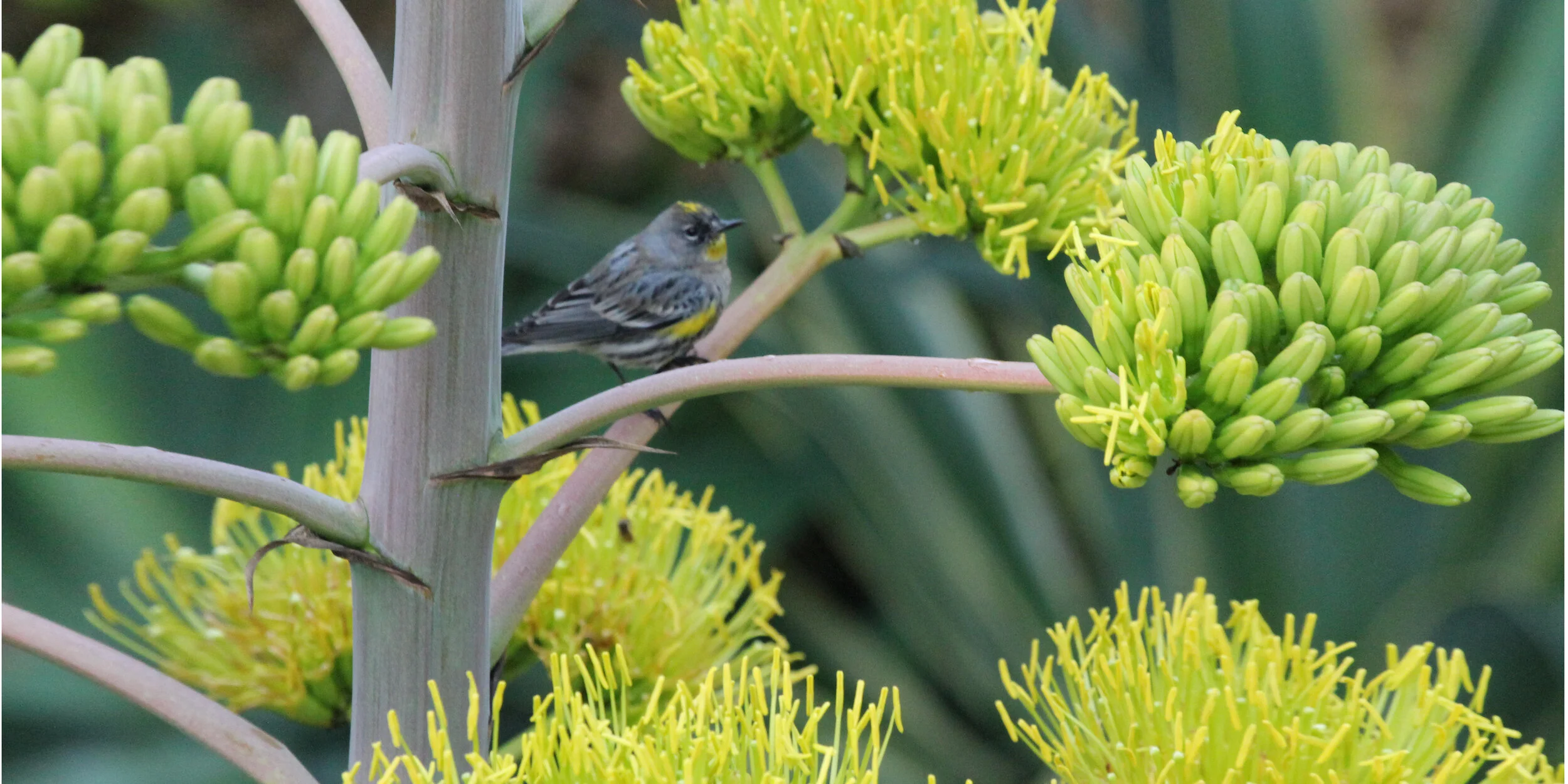If you need a 101 lesson in grey water and the storage of rainwater, then the experts at Greywater Corps (GWC)are where you need to go. We met Leigh Jerrard the founder of Greywater who shared his years of experience and valuable time to analyze and explain what was both feasible and affordable in our quest to use less water.
To recap we have maxed out ways to conserve water and are still using 112 gallons a day for 2 people and 2 canines. While we live in the hope of seeing rain, we are experiencing a state drought that shows no sign of abating. We also know that if we do receive rain it may be torrential but brief and not enough to sustain us for more than a few days even if stored.
Greywater is something we create on a daily basis and if carefully managed can be used to replace or supplement our intake of mains water. Living in Hollywood we are actually rewarded by DWP if we can keep our water usage to tier 1 which is charged at much lower rate than tier 2 making this good financial as well as ecological sense.
Greywater in our home comes from 2 sources, our washing machine and our bathrooms shower, tub, and sink. The bathrooms that we use are located on one side of the house that is close to our front garden. Our laundry room is on the lower level and close to our back garden.
The plan is to use our grey water to irrigate both front and back gardens and we began by focusing on the plants in the back garden and how to use the grey water from our washing machine.
Most of these are well established with minimal water needs but the recently planted Podocarpus and the fruit trees need more water than they are currently receiving.
Washing Machine Grey Water versus kitchen sink black water
The distinction between these types of water in part depends on where you live and the irrigation codes in place but however defined, all black water is directed to the sewer line. Part of the concern with kitchen sink water is that bacteria and pathogens are created by food particles which are usually not present in washing machine or shower water. Kitchen sink water also contains cooking grease and even though we typically wipe off the excess oil with a paper towel a small residue is left. Unfortunately, oils and fats take a long time to decompose and their accumulated presence in garden soil makes sink water unsuitable for irrigation purposes.
Washing machine water although cleaner than sink water often contains bleach, boron, and salt all of which are harmful to plants. These are found in consumer detergents and soaps and while their concentration is diluted in wet regions, the aridity of our soil coupled with the drought make these problematic. In California we are spoilt for choice and have plenty of soil friendly cleaning products available to choose from. I am currently looking into a dry sheet washing products as these have the added benefit of reducing our consumption of plastic bottles used to package liquid detergents.
Low tech use of washing machine grey water
Grey water should not be stored but should be used directly. We do our washing twice a week and plan to use the grey water immediately on those days to irrigate the garden and either suspend using our mains supplied drip system water on those days or significantly reduce the amount we use.
GWC will add a diverter valve behind our top loader washing machine with a manually operated valve which will allow water to be diverted either to the garden or to the sewer. The valve is needed to stop excess watering occurring on those occasions when we receive torrential rain and when there is the risk of too much water spilling onto neighboring gardens. This is a low- tech system that will use the washing machine pump assisted by gravity to push the water downhill through pipes into 6 emitter outlets distributed across our 1,600 s.f. garden. Each of the outlets will distribute greywater to a mulch basin or trench that will be dug into the ground and filled with wood chips that will filter and absorb the greywater and distribute it to the root system of our plants by capillary action. The size of each mulch basin and shape will be designed by GWC according to the size, grouping and type of plants to be supplied by each of the 6 emitter outlets.
This post would not have been possible without the information freely given by the team at Greywater Corps and in particular Leigh Jerrard. Thank you.



